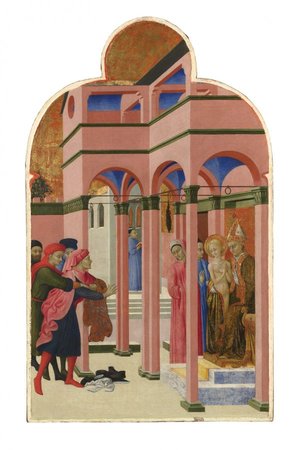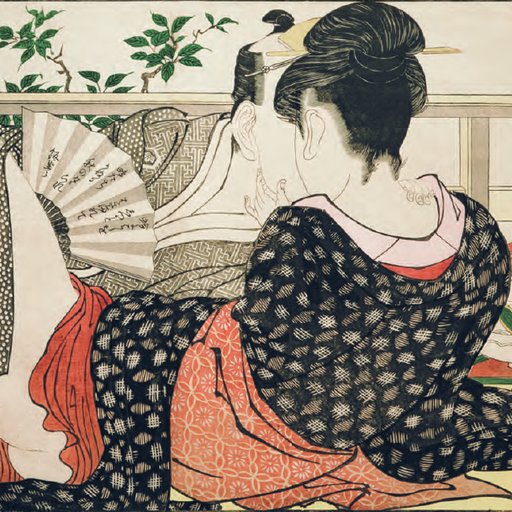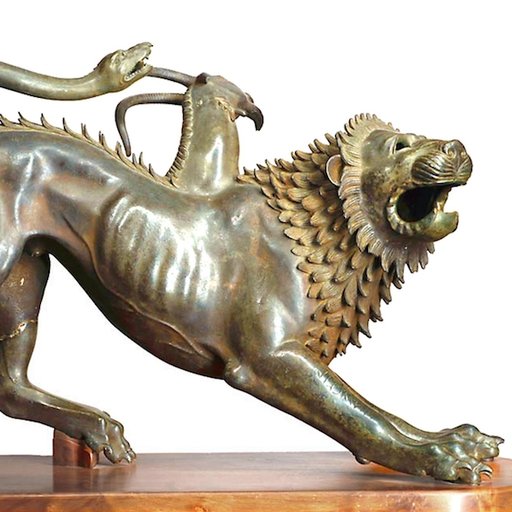If you’ve been on the Internet in the past few days, you’ve probably caught wind of the fact that THE POPE (better known as Pope Francis, Bishop of Rome and Sovereign of the Vatican City) has come to the United States to spread his message of peace, love, and climate change awareness. To mark the occasion, the Artspace editors have compiled a list of some of the most important representations of the papacy (including bishops and cardinals) from the past 600+ years of art history, each excerpted from Phaidon’sThe Art Book.
SASSETTA
Saint Francis of Assisi Renouncing his Earthly Father, 1444

This scene depicts the moment when St Francis renounces his family in favor of life in the Church. Francis had given to the Church money belonging to his father, who then appealed to the civil courts. Francis tore off his clothes, saying that they were his father’s and he no longer recognized any father but God. In this scene he has abandoned his clothes at the feet of his enraged father and runs to the Bishop, who offers both real and symbolic protection. This panel was once part of a large double-sided altarpiece which told the story of the life of St Francis and originally stood in the church of San Francesco in the town of Borgo Sansepolcro. Sienese painters of the early fifteenth century were less interested in perspective and proportion than their Florentine counterparts; this scene is therefore not as realistic as a Florentine work of the same period would be. What it lacks in realism, however, it makes up for in its graceful sophistication and subtle use of color.
HANS HOLBEIN
The Ambassadors, 1533

The two sitters, so confident of their importance, are Jean de Dinteville, the French Ambassador to England, and his friend, George de Selve, Bishop of Lavaur. An elaborate collection of musical, astronomical and scientific instruments symbolizes their learning and power. The sundial sets the scene precisely at 10.30 am on 11 April. Holbein shows that all this magnificence and arrogance must end in the grave, however, by contrasting their splendid richness with symbols of death: the broken string on the lute, and the distorted skull yawning before them which can be seen only if standing to one side of the picture. Holbein was the greatest portrait painter of his time and was appointed official painter to the English Court. His portraits of Henry VIII, his queens and ministers illustrate Holbein’s masterful technique and gift for revealing character. He died in London, a victim of plague.
EL GRECO
The Burial of Count Orgaz, 1586

Swirling forms and colors have been used here to create a dynamic, visionary image of Heaven. The subject of the painting, Count Orgaz, was a Toledan dignitary who was so pious that the saints Augustine and Stephen appeared miraculously at his funeral to lower his body into the tomb. Above, his soul ascends to the heavenly realm as members of the local nobility and clergy look on. Born in Crete, El Greco trained in Venice and Rome before moving to Toledo. The fashionable style at that time was the Classical manner of Michelangelo, Raphael and Titian. El Greco transformed these powerful influences into his own distinctive, intensely spiritual style with its elongated forms, sweeping movement and bright, sometimes unearthly, colors. In this way, El Greco’s work can be seen to epitomize the Mannerist movement at its height.
ALESSANDRO ALGARDI
Bust of Cardinal Paolo Emilio Zacchia, c. 1625-30

The cardinal’s fine robes, lace cuffs and distinctive moustache and beard tell the viewer immediately that this is a distinguished individual. The marble portrait has a spark of life that shows Algardi’s close observation of the cardinal’s features. As was customary at the time, Algardi originally sculpted this bust in terracotta. This would have been used as a study before making a final version in the more expensive medium of marble. Although an artist of the Baroque period, Algardi’s style is more reserved than the flamboyant approach of his contemporary Gianlorenzo Bernini. This may be because he trained in Bologna under the painter Lodovico Carracci (the cousin of Annibale) before embarking on a career in Rome. One of the century’s foremost Italian sculptors, Algardi was commissioned to make many important works while in Rome, including the tomb of Leo XI in St Peter’s and a bronze statue of Innocent X.
FRANCIS BACON
Study after Velázquez’s Portrait of Pope Innocent X, 1953

This terrifying image, based on Diego Velázquez’s famous portrait, depicts the tortured expression of a blood-spattered Pope, imprisoned in a tubular construction resembling an unpadded throne. The background, painted in dramatic vertical strokes, cruelly blurs out the screaming figure as he sits helplessly with clenched fists. While Bacon’s sources and subject matter were often based on real or traditional images – Old Master paintings, newspaper photographs, film stills or X-rays, for instance – his treatment of them is shockingly perverse. As in this painting, he highlighted the distasteful, and sometimes the disgusting, depths of the human psyche with nightmarish intensity. Although his early works have been likened to those of the artist Graham Sutherland, Bacon progressed to develop his own particular idiom, remaining best known for his often horrific distortions of the human form.
GIACOMO MANZÙ
The Cardinal, 1955

With only a hand appearing to disturb the geometric unity of his voluminous robes, a cardinal reflects in priestly solemnity on the authority of his office. His conical shape is at once severe and lyrical, with no suggestion of the body beneath. A feeling for continuous, undisturbed outlines has contributed to the statue’s lyrical qualities. Manzù’s work represents a thread of harmony and figurative order running through the fragmented schisms of twentieth-century art. The first Italian artist for whom a museum was created during his lifetime, Manzù was born the son of a shoemaker, and was apprenticed to a plasterer and a woodcarver before he began to study art. He was commissioned to make religious reliefs and statues of saints for many churches including St Peter’s, Rome and also for the University of Milan. He later taught sculpture, reviving the Classical techniques of working in bronze.
MAURIZIO CATTELAN
La Nona Ora, 1999

When La Nona Ora (The Ninth Hour) was first exhibited, it provoked an incendiary response. The lifelike image of Pope John Paul II struck down by a meteorite, and the broken glass from an imagined window or ceiling littering the red carpet, was read as an attack on the aged and reactionary pontiff – and so it was. Now, however, the life-sized figure of the pope, dressed in silken ecclesiastical robes and clutching a crucifix, has a tragicomic quality – the representation of universal knowledge and infallibility felled by a completely random cosmic accident. Cattelan follows in the tradition of Marcel Duchamp, the Dadaists and the harlequin jokers of his native Italy to use humour and satire as a means of challenging contemporary society. He delights in cultural insubordination, playing the role of the jester or trickster to question authority and to reveal uncomfortable contradictions at the heart of modern life.



























